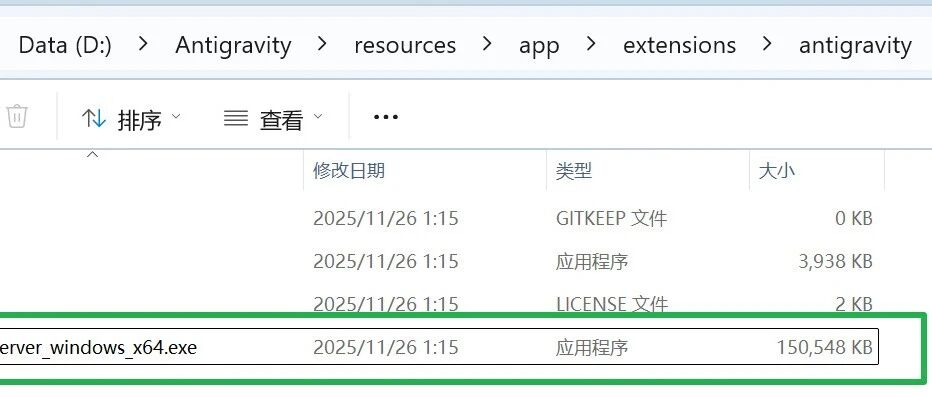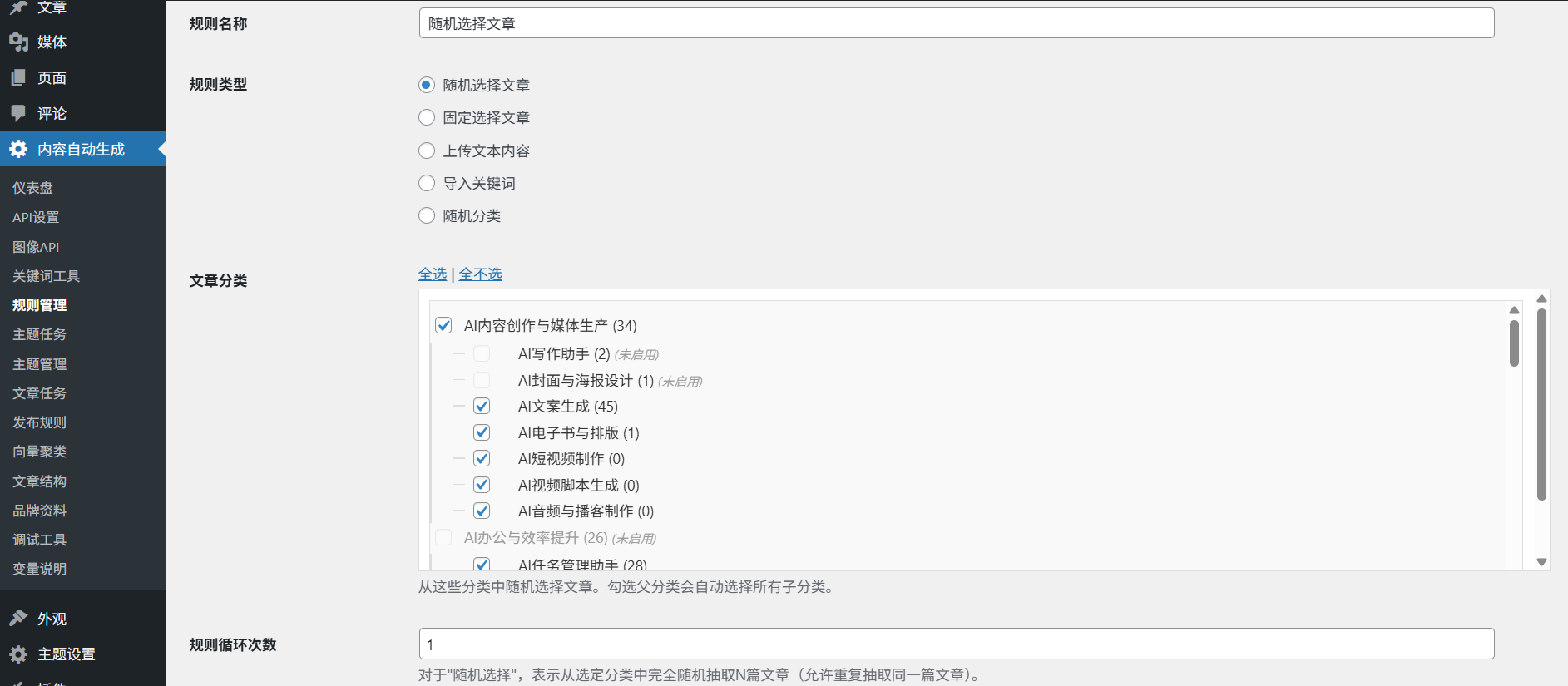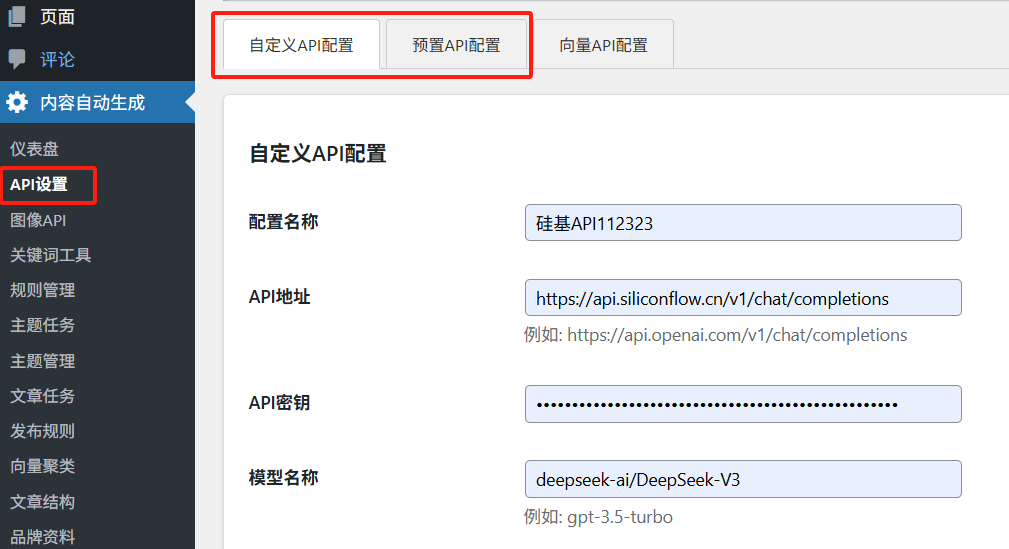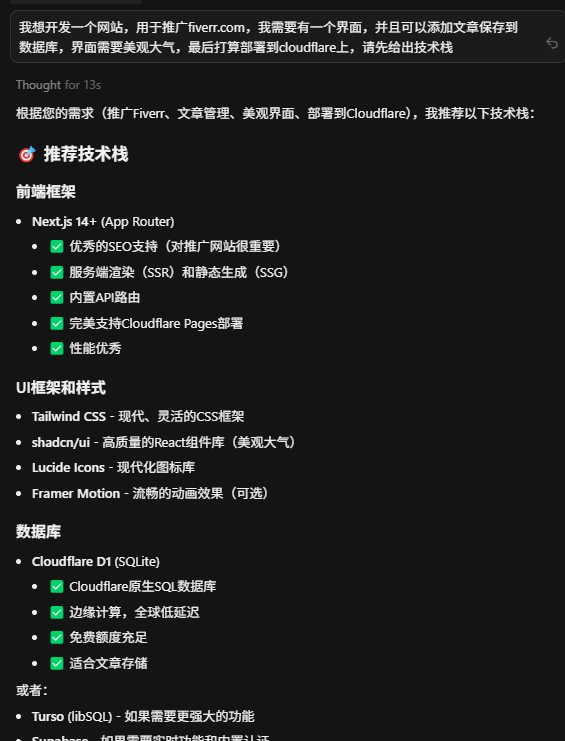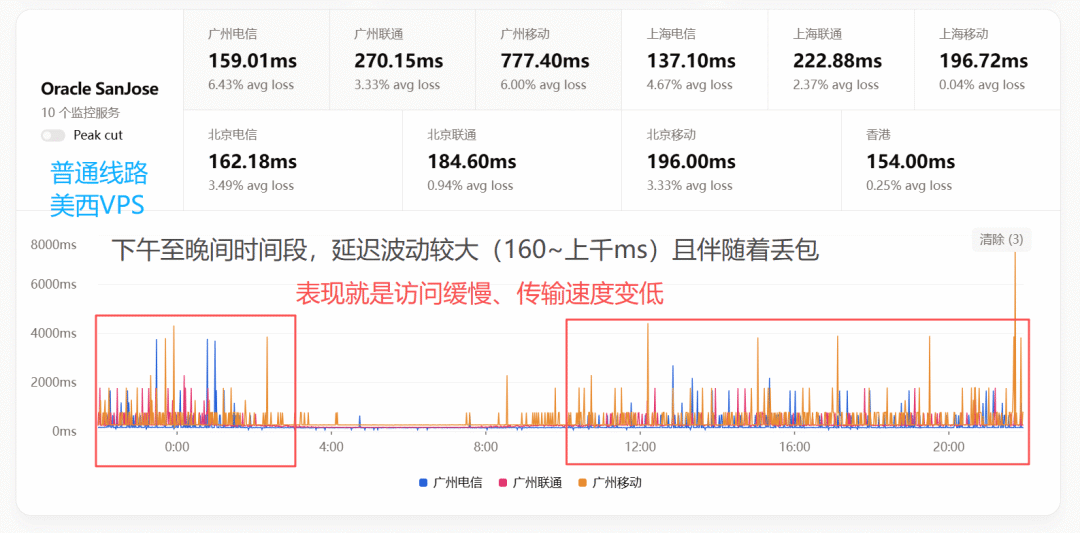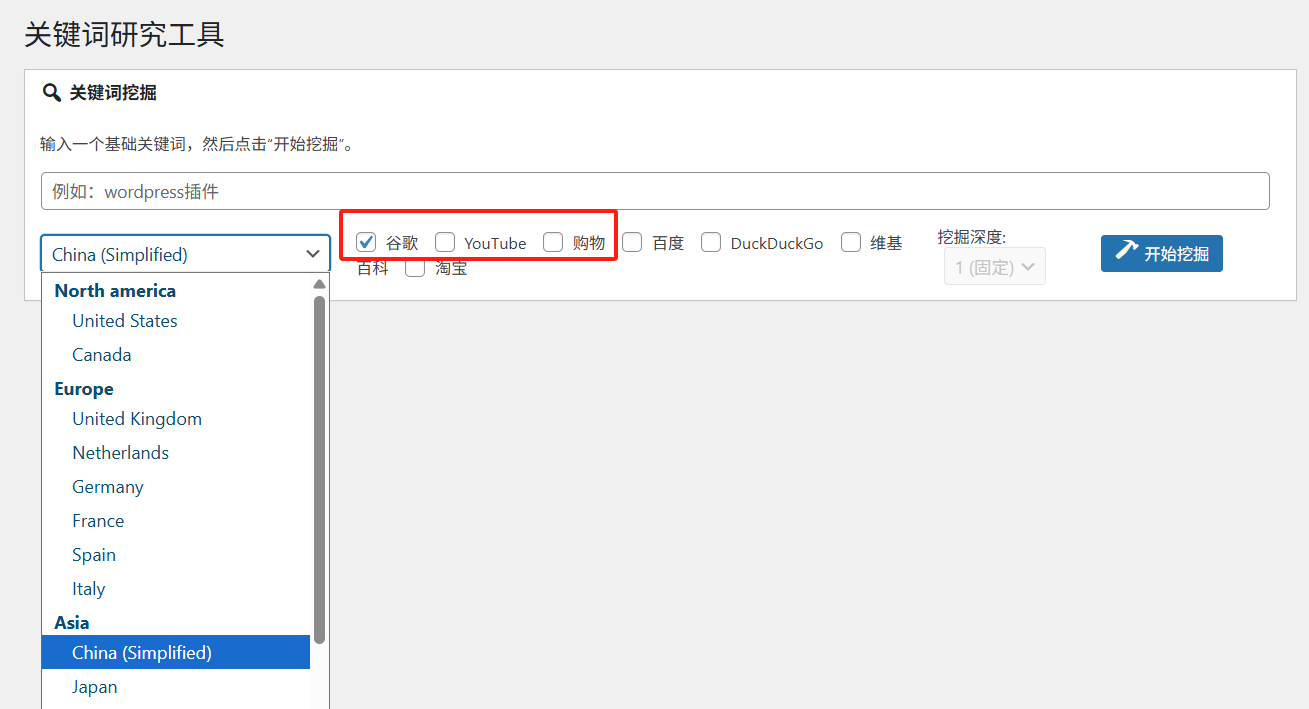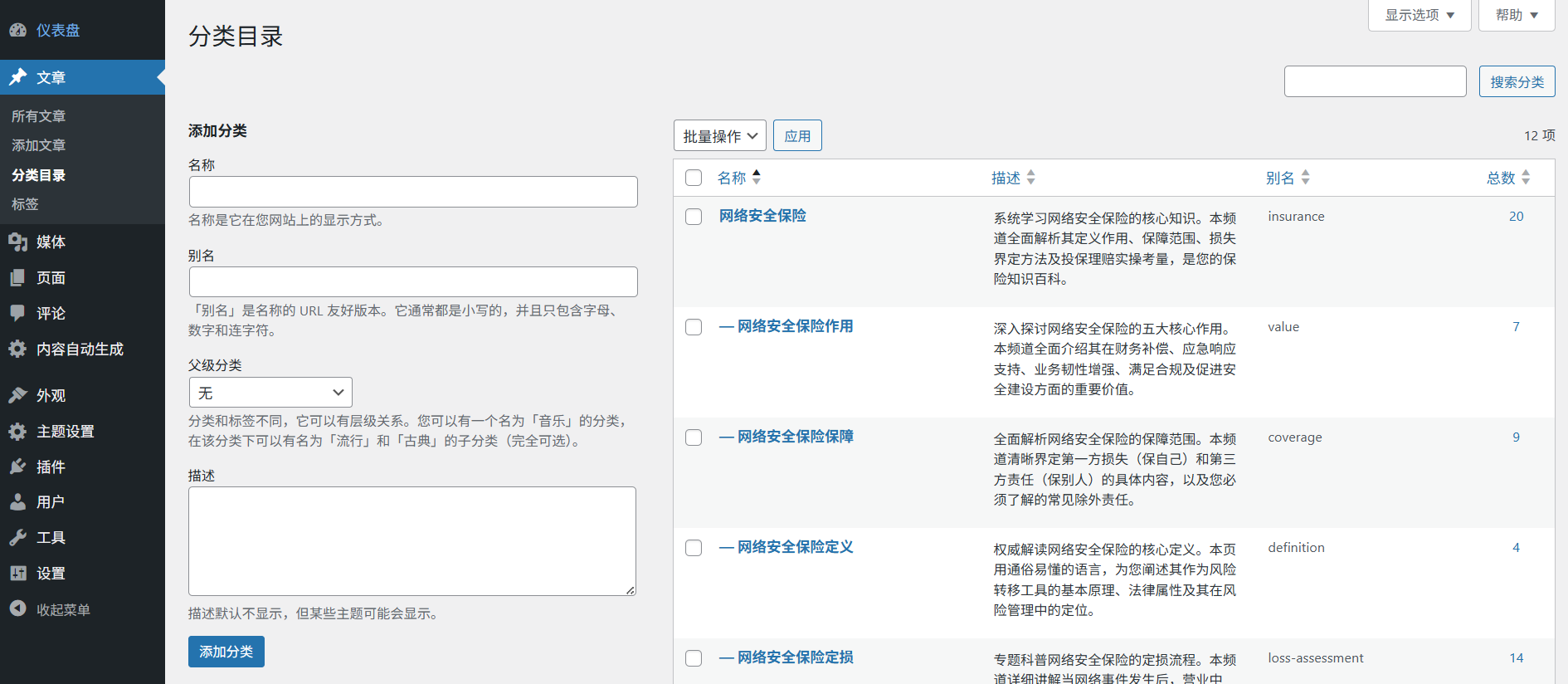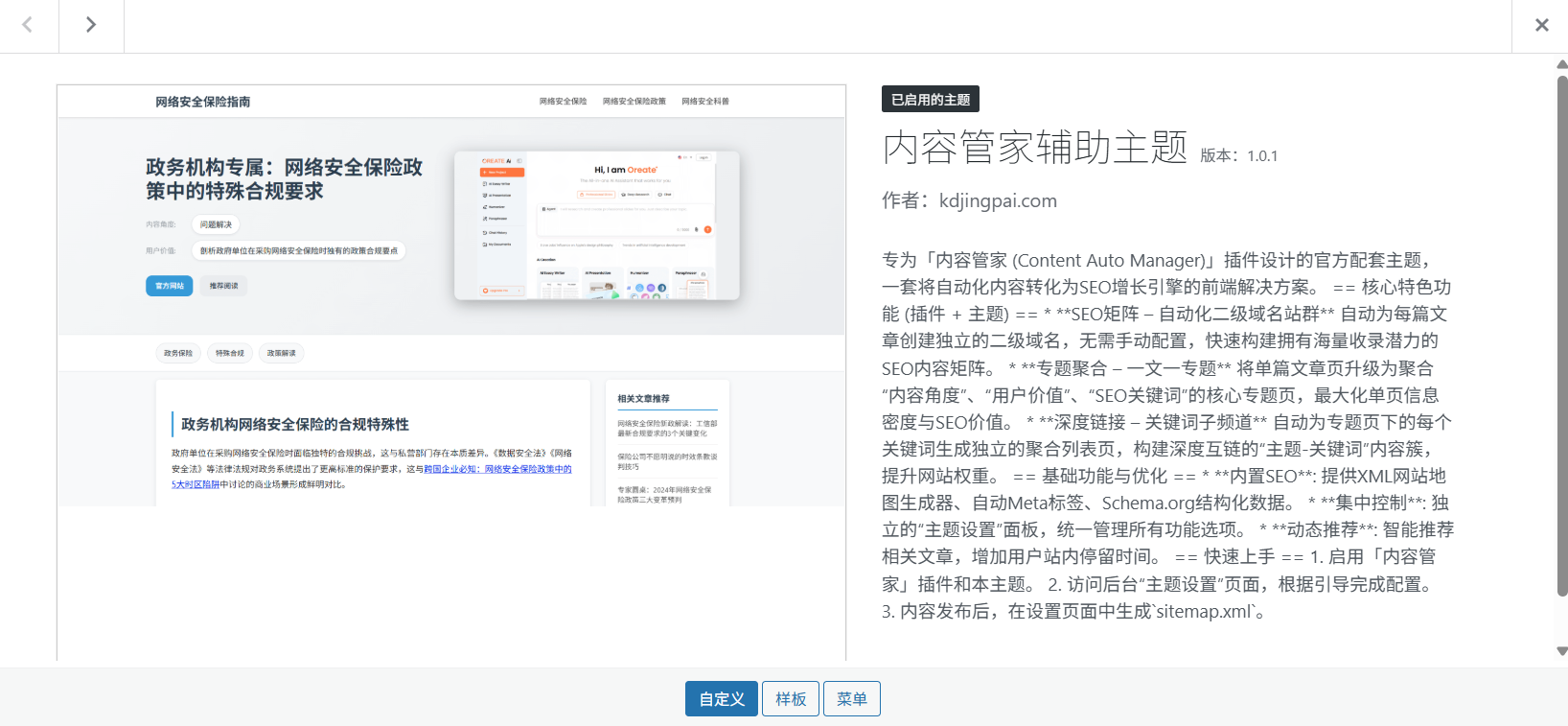Tree structure visualization is one of the core featured functions of Deep Research Web UI, which graphically displays the research path of AI and serves the following important purposes:
- Transparency of the research process: Let users clearly see how AI unfolds its research step by step
- logical tracking: Helping to understand AI's reasoning process and how information is gathered
- quality control: Timely identification of possible research bias or missing information
- Learning Reference: can be used as a learning template for research methods
To utilize this feature effectively, you can take the following approach:
- Focus on key nodes: Pay special attention to key nodes that branch out into multiple branches.
- Interactive Exploration: Click on any node to see details on what the AI is doing at that step.
- Revision of the direction of research: Manually adjust research topics or add qualifiers when deviations are detected
- Analyzing Path Efficiency: Evaluate which search strategies produce the most valuable results
- Compare different paths: Differences in outputs of different paths can be compared when repeating the study
In practice, it is possible to use a tree diagram in conjunction with a research report. For example, first quickly browse the overall research framework through the tree diagram, and then read the report content of the interested part in depth. This combination of visualization + detailed content can significantly improve research efficiency and depth of understanding.
This answer comes from the articleDeep Research Web UI: an AI assistant supporting multilingual deep researchThe













